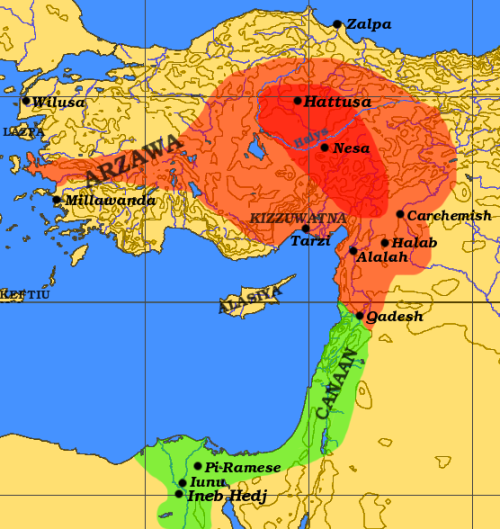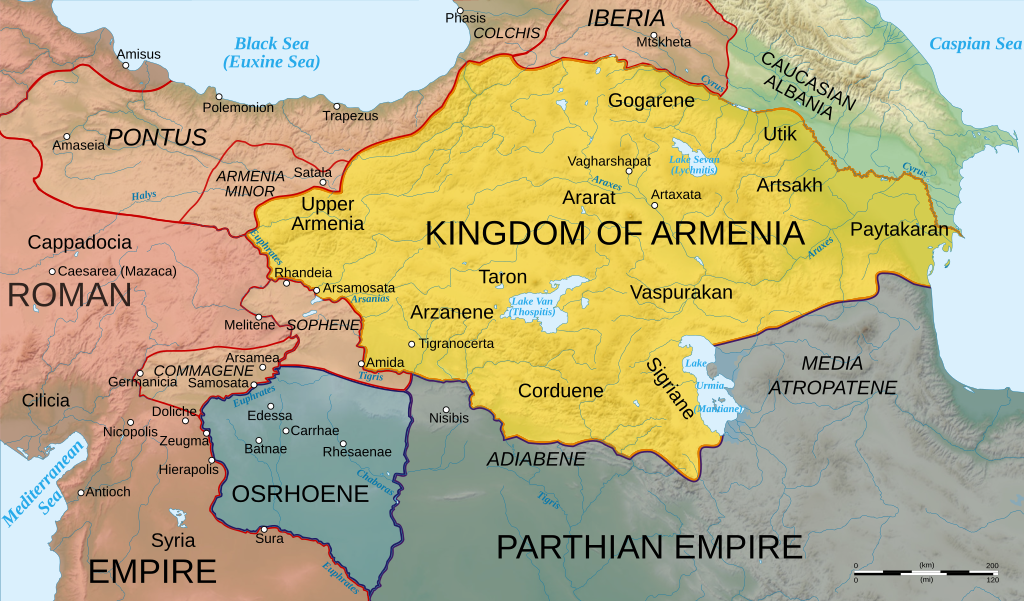Bronze Age - 1400 BC
Egyptian and Hittite Empires 1290 BC
Babylonian Empire 560 B.C.
Roman Empire Divided - 450 AD
The Rise of Islam
Continual Turmoil
Byzantine, Seljuk Turks, Mongol and Crusader InfluenceByzantine Empire 1000-1100
The Seljuk Turks 1100
1922 - Partitioning of the Ottoman Empire
Religions
1982 - Shiite PopulationDistribution of Religions (Modern Day - Mediterranean and Middle East)
Further Study - Map Collections, etc.
TimeMaps >
Great Chronological Succession of Maps, Timeline Based
Middle East Maps >
Extensive Map Library


















